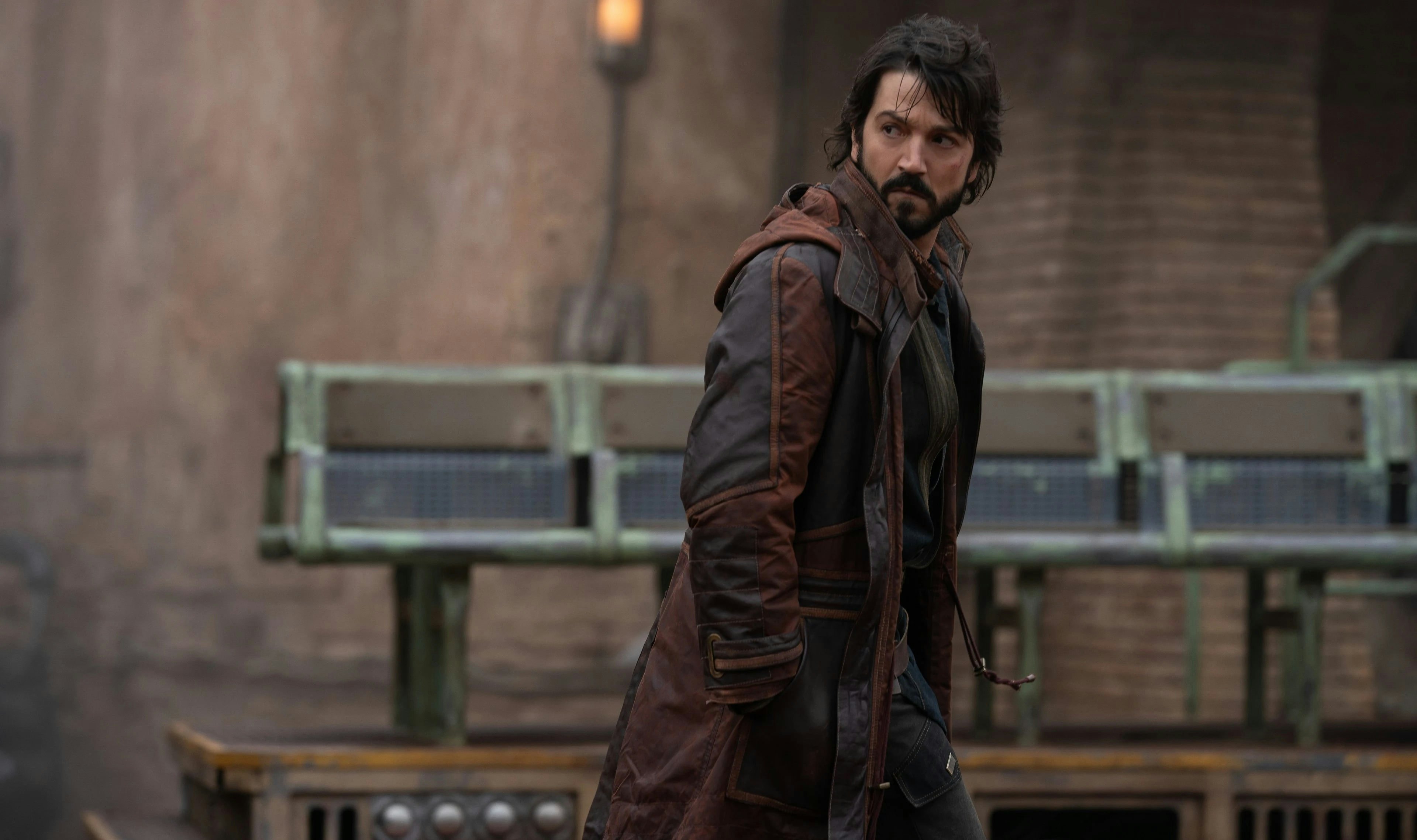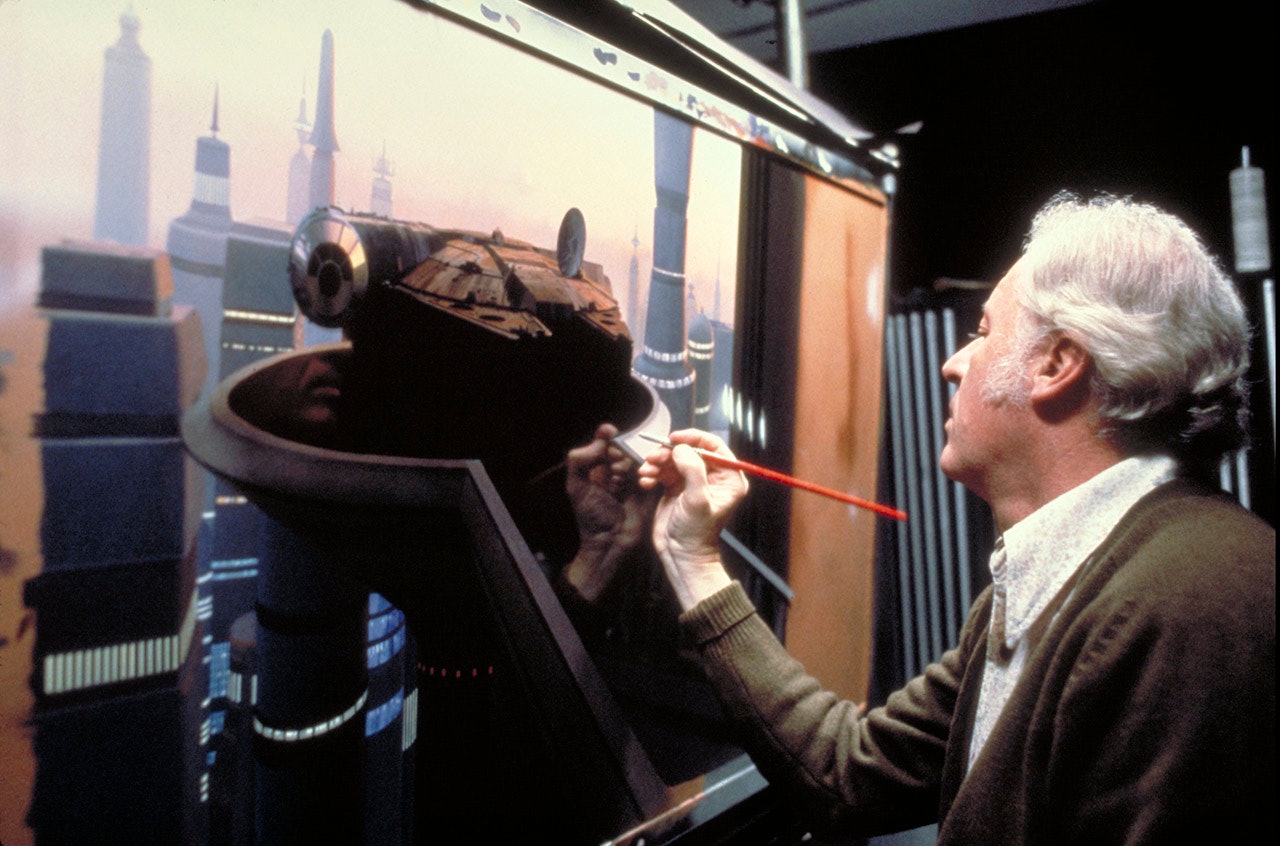
Whenever a trailer for a new Star Wars series drops, you can count on a huge response from the fandom, be it positive or negative. Andor courted both sides of this dichotomy, with fans bemoaning the show’s release being delayed until September 21, but also noticing just how different Andor looks compared to Lucasfilm’s other Disney+ offerings.
Arriving after two miniseries focused on the desert planet of Tatooine, the inclusion of lush cities and jungles in Andor’s trailer was a welcome change. But why does it look better? The series’ showrunner has the answer.
In an interview with Empire, Andor showrunner Tony Gilroy explained that unlike all the other live-action Disney+ Star Wars series, Andor never used the immersive 360° screen known as the Volume. “Yep, we’re old-school,” he said, confirming that StageCraft, the special effects technology employed by the Volume, was never used.

Essentially, the Volume bypasses the need for sets or specific outdoor locations and cooperative weather by plopping backdrops on a gigantic screen. Sometimes, like in The Mandalorian, the technology is used well. However, the look of the Volume was lambasted after the release of projects like Obi-Wan Kenobi and Thor: Love and Thunder, where backgrounds looked dull and flat.
The best way to parse this new technology is to compare it with older special effects, like matte paintings, which used an optical illusion to show incredibly complex backgrounds. The original Star Wars trilogy used paintings to portray, for example, legions of stormtroopers without the need for giant hangers and hundreds of extras.

But as effective as matte paintings could be, they were only used in moderation. This might be the issue with the Volume. While there are certainly scenes in big budget sci-fi and fantasy that call for the technology (the upcoming Game of Thrones spinoff House of the Dragon is using it for its dragon-riding scenes), relying on it for even the simplest interior scenes may not be as effective.
The Volume is a handy, high-tech alternative to a greenscreen, but it’s not a substitute for tactile reality. Filming on location may be more expensive and logistically difficult, but it’s also the best way to create a convincing illusion. Even if some CGI is needed to amend real environments, knowing there’s real depth and texture to a shot can make all the difference to viewers. Andor seems to understand that the Volume is an optional tool in a sprawling toolbox, not a hammer you use to bash out every problem, and other Star Wars shows could learn from its example.
Andor premieres September 21 on Disney+.







